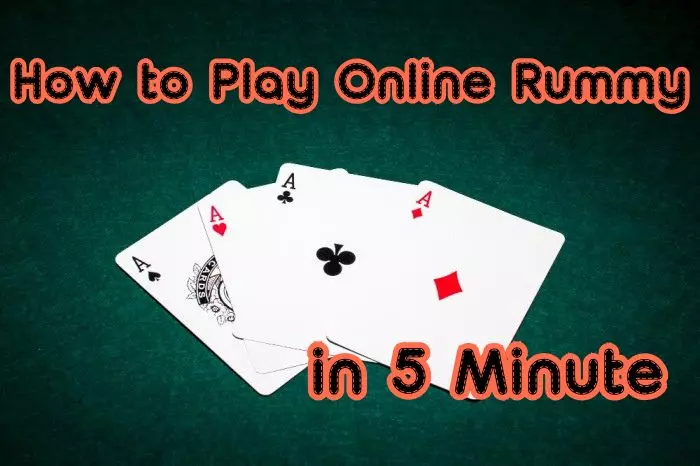
How to Play Online Rummy in 5 Minute
Step 1: Understand the Goal in Rummy
Your main objective in Rummy is to organize all 13 cards into valid sequences and sets.
A valid Rummy declaration requires at least one pure sequence—this is mandatory.
Step 2: Know the Card Types in Rummy
Sequence: 3 or more consecutive cards of the same suit
Example: 5♠ 6♠ 7♠Pure Sequence: A sequence without any Joker
Set: 3 or more cards of the same rank but different suits
Example: 8♠ 8♦ 8♣Joker: A wildcard that can substitute any missing card (except in a pure sequence)
Understanding these card types is essential to mastering Indian Rummy.
Step 3: The Rummy Game Begins
Each player is dealt 13 cards
One random card is selected as the Joker
On your turn: Pick a card → Discard a card
Repeat until you successfully form a valid hand
This structure is the same in both offline and online Rummy formats.
Step 4: Group Cards Strategically in Rummy
Use your Rummy app’s grouping tool to arrange cards into possible sequences and sets. This helps you visualize your hand and avoid invalid declarations.
Step 5: Make a Valid Rummy Declaration
Once you form the following, you’re eligible to declare and potentially win:
One pure sequence
One more sequence (pure or with Joker)
Remaining cards grouped into valid Rummy sets or sequences
Example of a Valid Hand:
Pure Sequence: 3♦ 4♦ 5♦
Second Sequence: 7♣ 8♣ Joker
Set: K♠ K♦ K♣
Set: 2♠ 2♦ 2♣
Bonus Tips for Rummy Beginners
Always focus on forming your pure sequence first
Pay attention to what your opponents pick and discard
Use Jokers wisely—but never in your pure sequence
Before declaring, always double-check your groupings